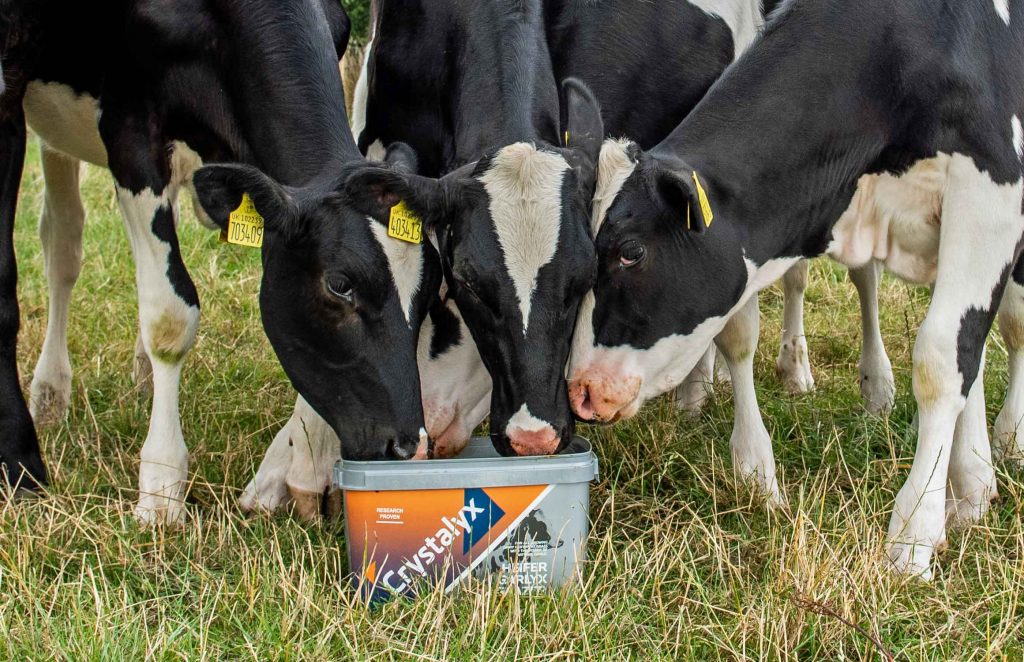Summer mastitis predominantly occurs during the warm summer months with cattle out at pasture. The disease changes little over the years, affecting the same farms year after year and often just certain fields on those farms.
The disease affects non-lactating cows, but can also affect replacement heifers, leading to devastating consequences. Very few affected quarters will recover, so any treatment is purely salvage and the main goals should be to avoid the disease, or at least minimise its incidence.
Supervision of maiden and in-calf heifers and dry cows at pasture during the summer months can be sporadic due to other commitments on the farm, so mastitis can be well advanced before clinical signs are seen.
The basics are simple: it occurs in summer, it is spread by flies and it affects dry cows, heifers and young calves.
Transmission of infection is thought to be linked to summer flying insects, most notably the sheep head fly, Hydrotea irritans. The fly eggs over-winter in sandy soils and emerge in June or July. There is only one generation of adult flies, active in July, August and September. These flies live in bushes and trees, and can only fly during mild, damp, humid conditions and low wind speeds. High winds and heavy rains inhibit fly activity; hence cases tend to be associated with “problem fields” next to woods and high hedges.
Constant and high levels of worrying by flies around the affected teat orifice cause considerable irritation and frequent kicking which facilitates bacterial entry directly into the teat canal.
The affected quarter, or often whole udder, becomes swollen, inflamed and very painful. A yellow, foul-smelling discharge usually leaks out of these swollen teats and inevitably attracts more flies – increasing the potential for infection transfer to other nearby stock.
As the disease progresses, irreversible tissue damage occurs and the quarter will undoubtedly be lost. Treatment is therefore aimed at saving the animal and recovering as much as possible: saving the animal’s life, saving the pregnancy, producing a viable calf and a cow that can milk to some extent in the remaining quarters.
Preventative fly control measures include reducing exposure to flies, by grazing cows and heifers away from susceptible fields. Controlling flies on cattle is best done using pour-ons or impregnated fly tags. Unfortunately these give little protection to the udder area – and no single method of prevention is 100% effective.
Another method of reducing irritation from flies and other biting insects in grazing heifers is to make the animals’ coat less attractive on which to land by supplementing them with a garlic feed lick such as Crystalyx Heifer Garlyx Grazer

The peculiar penetrating odour of garlic is due to the intensely smelling high-sulphur compounds it contains. When consumed by stock these compounds are expelled through pores in the skin, via natural body secretions such as sweat. This produces an invisible barrier or screen which flies and other nuisance biting insects find repellent and hostile.
Crystalyx Heifer Garlyx Grazer contains a concentrated garlic extract which, when consumed, acts as a constant deterrent to help ward off flies and other biting insects throughout the grazing season. Offering Heifer Garlyx Grazer before the fly season starts, helps to prime and strengthen the heifers’ defences before the challenge begins – and allows heifers to graze undisturbed for improved performance.


